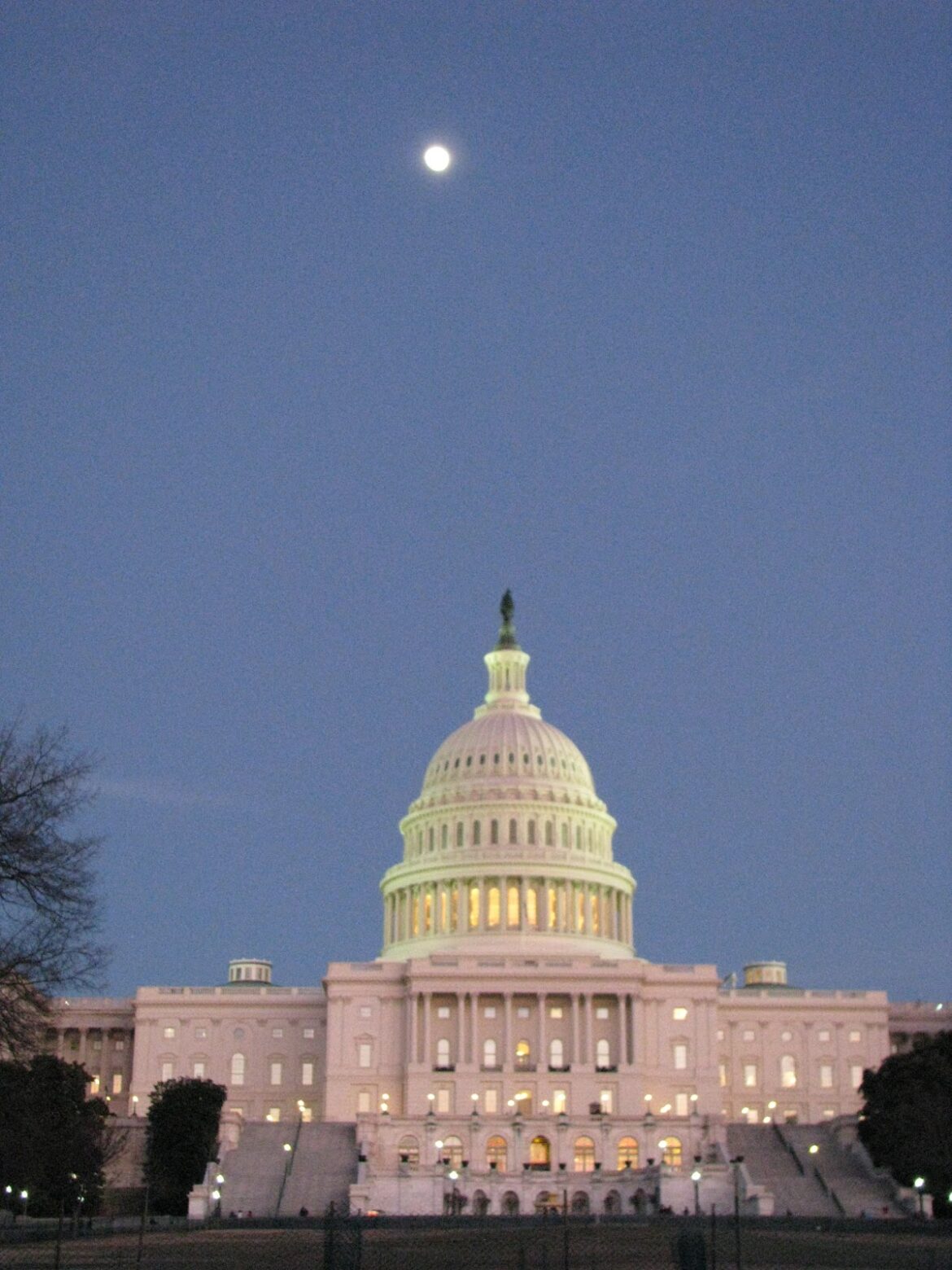Damascus, the capital of Syria, stands as one of the oldest continuously inhabited cities in the world. Its rich tapestry of history, culture, and spirituality has captivated the hearts and minds of many, particularly within the Christian tradition. With a history that dates back thousands of years, Damascus is not merely a geographical landmark; it is a monumental repository of faith, conflict, and resilience.
From the biblical perspective, Damascus is frequently mentioned as a critical city throughout both the Old and New Testaments. It is referenced during the time of the patriarchs, notably appearing in the story of Abraham (Genesis 14:15) and later as a hub of civilization in the ancient Near East. This long-standing significance is noteworthy: it suggests that this city has not merely been a place of residence but a crucible where faith traditions have intermingled and evolved.
The early Christian community in Damascus is particularly prominent in the book of Acts. It was here that Saul, later known as Paul the Apostle, encountered the transformative vision of Christ that redirected the course of his life and mission. This pivotal moment not only illuminates the city’s importance in Christian history but also propels Damascus into the theological discussions that would shape the early Church. The account of Saul’s conversion serves as a reminder of God’s grace permeating even the most unlikely of places, making Damascus a symbol of redemption and new beginnings.
As one delves further into the historical aspects of Damascus, one cannot ignore its geopolitical significance, particularly during the Byzantine and Islamic eras. Under Islamic rule, Damascus became the capital of the Umayyad Caliphate in the 7th century, marking a significant transition in the city’s religious and cultural identity. The Umayyad Mosque, built on the site of an earlier Christian basilica, is a striking example of the city’s religious syncretism. This architectural marvel not only serves as a place of Islamic worship but also stands as a testament to the city’s Christian heritage. Such duality, while often perceived as a source of contention, can also be viewed as a broader narrative of coexistence and mutual influence.
Throughout the centuries, Damascus has also been a city of pilgrimage. For Christians, it holds the promise of spiritual renewal. The Saint Ananias Church, believed to be situated where Ananias healed Saul, beckons countless visitors seeking a connection to their spiritual roots. The stories embedded within the walls of this ancient city resonate with the narratives of struggle, faith, and divine intervention. As pilgrims traverse the narrow streets, they are reminded that they walk upon the same paths once taken by early Christians, reinforcing a sense of continuity and belonging across the ages.
In addition to its religious significance, the culinary and artistic contributions of Damascus add layers to its allure. The city has long been renowned for its vibrant markets, known as souks, that interlace the aroma of spices with the sounds of barter and conversation. These markets have historically served as melting pots of different cultures, nurturing creativity that spans from artisanal crafts to exquisite cuisine. Damascene craftsmanship—particularly in handmade soap, textiles, and ceramics—has earned the city a place in the hearts of many, symbolizing the intersection of utilitarianism and artistry.
Yet, alongside its rich heritage, contemporary Damascus faces myriad challenges, particularly in light of recent conflicts that have ravaged not only its physical landscape but also its social fabric. The Syrian Civil War has greatly impacted the Christian community, leading to displacement and loss, yet the resilience displayed by its citizens, including many Christians, is profound. Amidst adversity, churches have opened their doors to provide shelter and aid, embodying the call to serve those in need. This spirit of compassion aligns with the teachings of Christ, offering both a witness and a challenge to those who might observe from afar.
The fascination with Damascus transcends mere historical curiosity; it reflects a yearning to understand how faith can endure in the face of adversity. The layers of narrative, from ancient biblical accounts to modern struggles, coalesce into a vivid mosaic that invites contemplation. How does one city encapsulate such a breadth of experiences? Perhaps it is through the lessons of resilience, adaptability, and spiritual fortitude that Damascus commands such reverence and intrigue.
In conclusion, the capital of Syria is not simply a name on a map but a vibrant tapestry woven from the threads of history, faith, and culture. From its biblical roots to its modern complexities, Damascus embodies the essence of human experience—a saga of dreams, trials, and triumphs. Within its ancient streets and resilient communities lies a powerful reminder of the transformative nature of faith, beckoning us to ponder the deeper questions of our own spiritual journeys. Indeed, as we explore the history of Damascus, we find an invitation to reflect on our connections to one another, our faith, and the places that shape our existence.



